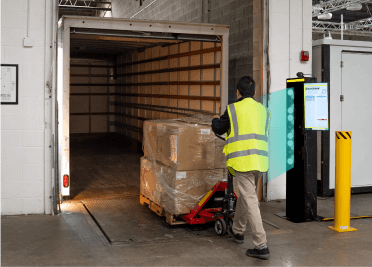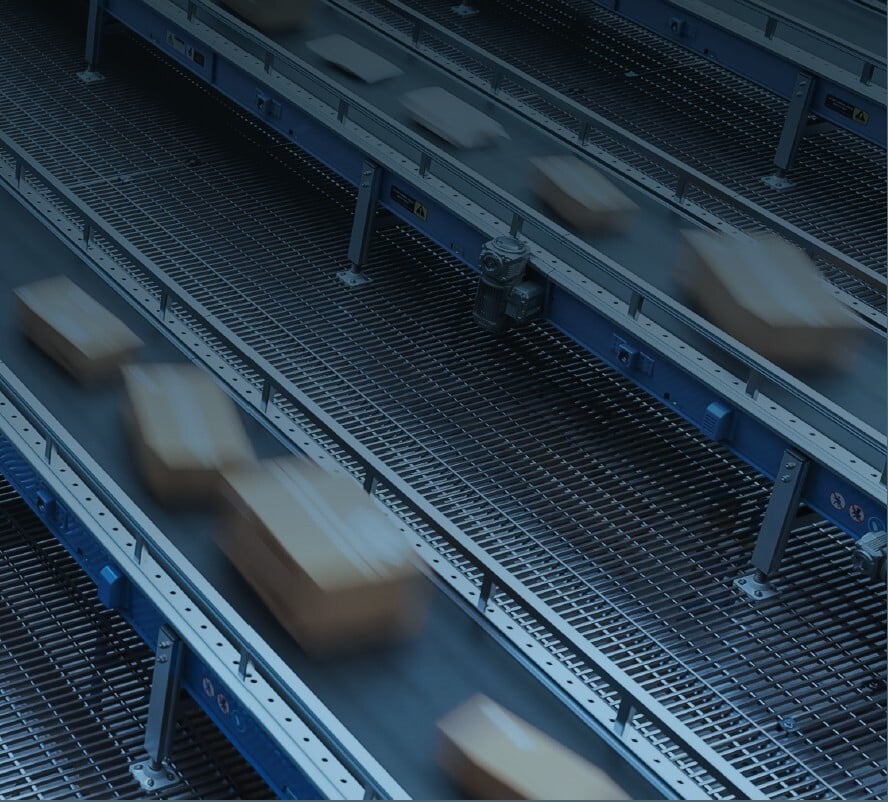“I, for one, welcome our new robotic overlords.”
It’s a tongue-in-cheek phrase you’ll often see on the internet whenever a story is posted about the new advances in robotics that a university in Japan has made or pretty much any news pertaining to Google. With more and more of our world becoming computerized and a significant portion of work being done by machines, it’s easy to see why such a seemingly silly phrase could have gained such popularity.
One of the most visible ways that this phenomenon has manifested itself for the average person is in their workplace. The key word here is automation. This is when you’ve taken the responsibilities previously given to one of your employees and handed it over to a software application or specialized machine. Automation can save a company lots of money over time, but if you’re doing it for the wrong reasons or for the wrong parts of your business, you may actually end up losing money.
Before you start automating, think about where in your supply chain the automator (software or machine) will be placed. Is everything in your business that leads up to the point of automation as efficient as possible? If you’re making and shipping out toothpaste, it doesn’t make any sense to get a machine to place the caps on the tubes if the tubes themselves are being filled slowly by hand further up the conveyor belt. If you were to end up with this issue, that’s what we would call a process problem. Look at all the steps that came before what you would like to automate and make sure that the right tools are in place to make the whole process as well-oiled as you can.
Another major point to consider: do you need to automate this process? If you’re thinking about bringing in an expensive machine to do a job, make sure that there is enough product and demand for that product to make the investment worth it or you might just be wasting money.
When it does come time to automate, don’t go “all in”. Take time to consider each point in your business that you could automate. Start out small and try to assess exactly what effect the change has had, if any, so that you can ascertain which parts of your business could benefit from the change and which ones might be best left the way they are.
If you’re like me, it’s easy to be drawn in by the fancy features on the newest electronics. Automation tools are no different. They can come with all the fanciest bells and whistles, too! When it comes to buying your personal tablet, go hog wild and get all that shiny stuff, but as a business owner looking to purchase equipment to further that business, you need to look at the bottom line. If a machine can help you sell more product by ringing the bells and that’s really all you need it to do, get the bells and decline those whistles. In other words, don’t over-automate just because it looks cool!
Consider your business strategy. Think about the parts of your business where it could benefit from faster and more efficient processes. There are undoubtedly aspects of your business that are prone to human error or are reliant on slow human responses to problems. Speeding up those weak points could help your business be better prepared for sudden changes. Ask yourself “How does this automator support our business? Does it make it easier or harder for us to do what we do?”. There are many machines/software packages out there that could perform those very tasks within your business such as the Zebra Omnii XT15, which is a handheld computer that can handle a variety of roles that may assist your human workers in becoming more efficient and less error-prone with a minimum of cost.
After all, automation should always augment human decision-making. We are the overlords of business and the machines are just tools. For now, anyway…
Contact AbeTech to find out how they could help you find the right tools to automate processes within your business!









